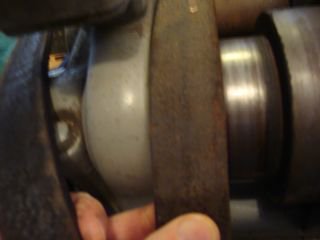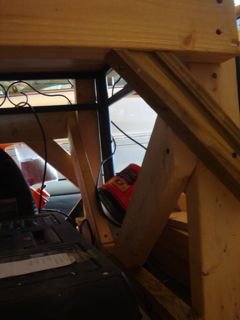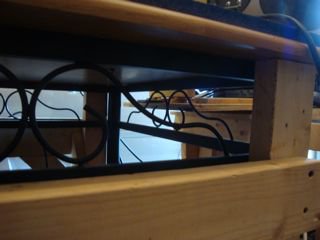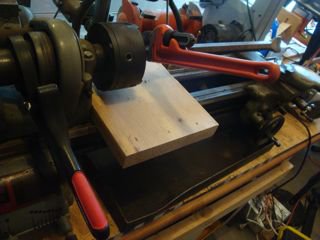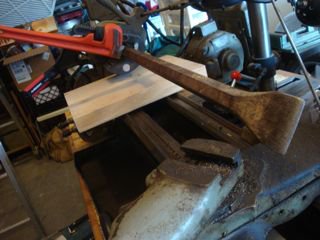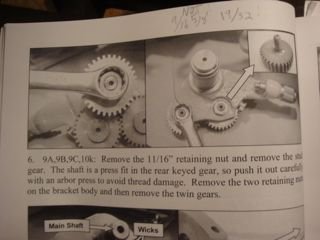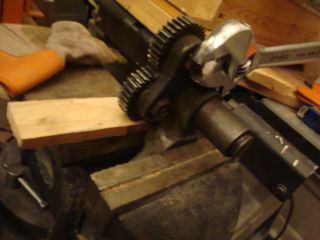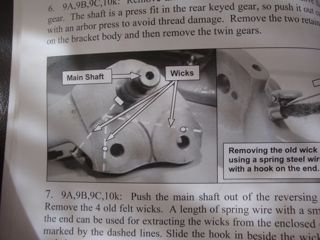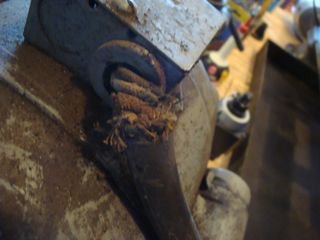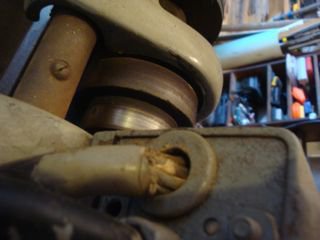I've begun the process of renovation. I'll post some photos and video later but I'm at a sticking point--literally. I'm trying to remove the right-side lead screw support bracket by removing the 2 slotted screws on top of the lathe bed in order to slide the bracket off the lead screw.
I can't get the screws holding the bracket to budge, despite using a very large screwdriver. I'm beginning to strip one of the screw heads as a large chunk of metal came off. Should I get a propane torch and heat the area? Pour Coke on it?
Any solutions would help me substantially.
I anticipate having a lot of other problems, as I'm not experienced in machinery. However, the machine looks really dirty and when I removed the oil plug below the carriage, no oil came out!!
So I'm thinking that despite my anxiety, it's best to continue and ask questions here, as I think I can get all the help and advice I need right here.
One other quick question. I want to start cleaning the parts I remove and painting them. The enamel paint only comes in a quart and a gallon, nothing in between. Would a quart do 2 coats of paint for the lathe or do I need a gallon?
Thanks!
Dave V
I can't get the screws holding the bracket to budge, despite using a very large screwdriver. I'm beginning to strip one of the screw heads as a large chunk of metal came off. Should I get a propane torch and heat the area? Pour Coke on it?
Any solutions would help me substantially.
I anticipate having a lot of other problems, as I'm not experienced in machinery. However, the machine looks really dirty and when I removed the oil plug below the carriage, no oil came out!!
So I'm thinking that despite my anxiety, it's best to continue and ask questions here, as I think I can get all the help and advice I need right here.
One other quick question. I want to start cleaning the parts I remove and painting them. The enamel paint only comes in a quart and a gallon, nothing in between. Would a quart do 2 coats of paint for the lathe or do I need a gallon?
Thanks!
Dave V
Last edited by a moderator:


